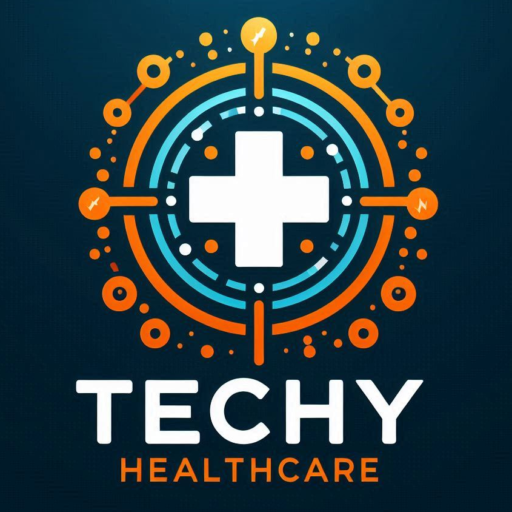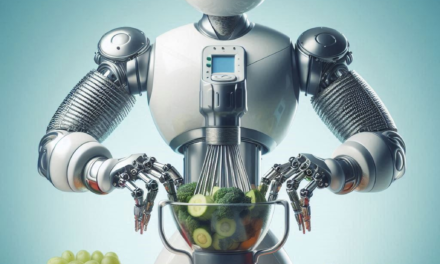Data Annotation Tech- Data Annotation is the cornerstone of Artificial Intelligence (AI) and Machine Learning (ML). In simple words, data annotation is a term referring to the process of labeling or tagging. It aims at making information readily identifiable for computer vision AI models and even human beings it may concern with. It is the basis of training AI and ML models, teaches them how to recognize, classify and decide for processing data. In this blog post, we will talk about the data annotation tech so let’s get a closer look at its significance, uses cases and also how it works behind all that with remaining parts of it and tools used in order to achieve everything.
1. What is Data Annotation?
- Answer : Data annotation is the process of labeling data whether that be images,text,audio or video so as to give context machines can understand. Data annotation is, for instance, the process of highlighting all objects in an image or labeling parts of speech (“Noun”, “Verb”) within a sentence with specific tags — just as identifying speakers (A & B) speaking at one particular time point in some audio data.
- Purpose: Data annotation exists for creating a set of data, can be used to train machines, so they know e.g., what an object is or how language works. Correct annotation is very important since it affects the AI and ML models faced for performance & accuracy.
2. Importance of Data Annotation
- Foundation of AI & ML : The essence is that without labeled data, an AI model will largely lack sense of the informations it processes. Data annotation Data provides the “ground truth” required for models to train on, which is critical in tasks such as image recognition, natural language processing (NLP), and speech recognition.
- Model Training & Validation: This is the part where we use annotated data to train and validate AI models, at this point system becomes learning model post doing experiments. The more and better the annotated data, the higher accuracy of model.
3. Types of Data Annotation
- Image Annotation: Labels objects, features or regions inside an image. Bounding box is another common practice, as well as polygonal segmentation and landmark annotation. Common use cases of image annotation are in autonomous vehicles, facial recognition and medical imaging.
- Text Annotation: Classifying text data for sentiment analysis, named entity recognition (NER), part of speech tagging etc. It is required for language translation, chatbots and virtual assistants.
- Audio Annotation: Mapping of speakers, language and specific sounds to sound clips Voice recognition, transcription services and audio classification use Audio annotation.
- Video Annotation: This includes tagging objects, activities or events identified in a video clip. Methods include frame-wise tagging, object trajectory and activity annotations. Surveillance Sports analytics Autonomous systems
4. Methods of Data Annotation
- Manual Annotation: Human annotators manually assign data to unique labels, providing an accurate and close attention type of work. Although more labour-intensive, manual annotation may be necessary for complex tasks or when high precision is required.
- Automated Annotation: Automated tools use pre-trained models for a quick labelling of data. Manual annotation is going to take longer but might be more accurate with things like ambiguous or complex data that these tools may not handle as easily.
- Use Crowdsourcing: the platforms like Amazon Mechanical Turk or Figure Eight (recently acquired by APPEN) allows organizations to distributed works of annotation large no. Crowdsourcing though improving the speed and cost of annotation comes with its own set of quality challenges.
- Hybrid: This strategy involves a mix of manual and automated approaches that allows you to implement a balance between speed and accuracy. Simple tasks may be undertaken by machine tools, leaving the more complex or nuanced data for human annotators.
5. Data Annotation Tools and Platforms
- Labelbox (All Text / Image / Video)Large annotation platform with good integrated distributed annotation and LIstening efficiencies. It comes with a user-friendly interface, provide collaboration features and also support various kind of annotations format.
- Super Annotate(mini memo): Image & video annotation tools and automated workflows with QA mechanisms.
- Scale AI: Recognition specialist, so super big tasks (they support image/ video / text and sensor data annotation)
- V7 — A flexible platform for image and video annotation, especially in demanding domains such as medical imaging or autonomous vehicles. Including automatic annotation features for faster work.
- Appen: A global data prep and crowdsourcing company that offers a variety of annotation solutions from text, image to audio etc.
6. Challenges in Data Annotation
- Quality Control: Among the most significant challenges associated with annotations at scale, irrespective of whether that be large datasets or complex tasks ensuring consistency and accuracy is a huge issue. Quality control mechanisms like multiple annotators for the same task or automatic checks are needed.
- Scalability : Annotating large data sets can be time-consuming and expensive. This is the most ubiquitous problem which all have to encounter, a need for large annotated datasets with typically not enough resources.
- Bias and tendency: Annotation is inherently biased, leading to potential biases in data due to human annotators being subjective. This can be mitigated, at least in part, by making sure you have diversity across your annotators and that guidelines are published for everyone to see.
- Data Privacy: Stewarding sensitive data, especially in such fields as healthcare or finance entails adherence to regulations related to privacy and maintaining specific levels of security for the data centers.
7. DATA ANNOTATION TECH FOR YOUR APPS
- Autonomous Vehicles — Image and video annotation is a key technology that allows to label objects such as pedestrians, vehicles or road signs so autonomous cars can drive safely.
- Healthcare — Medical images such as x-rays or MRIs can be annotated to help train AI models that provide the diagnosis and treatment scheduling.
- Natural Language Processing (NLP): For NLP applications such as chatbots, sentiment analysis tools and machine translation systems it is vital to annotate text.
- Retail Utilizes annotated data for visual search in applications that AI models can use to recognize objects within images, and targeted marketing using customer sentiment analysis.
8. The future of Data Annotation tech
- AI-Assisted Annotation: The next frontier of data annotation is AI-assisted tools that enable the automatic labeling of data with growing accuracy. As these tools improve, the manual effort in annotation and data transfer will need less intervention thus making Annotation Process faster.
- Real-Time Annotation: As AI applications like autonomous vehicles and real-time surveillance expand, the need for continuous data annotation on a real time basis is bound to rise. To deal with the scale of high-throughput data processing, this will need to be delivered through hardware and software.
- Ethical Considerations: Data privacy, bias in data labels and labor rights of the people who provide input to large scale supervised annotation will become more visible. A pillar of this prosperity will be ensuring responsible data dissemination and fair treatment for workers.
Conclusion
Thousands of AI and ML applications transforming our world are powered by Data annotation tech which is the unsung hero behind them. Autonomous Vehicles to Healthcare — Annotated data is the lifeblood of AI models. With the growing need for AI-driven solutions, so will be the demand of sophisticated data annotation tools and techniques.
Maybe you are a technology geeker, maybe you wanna be data scientist or just business people that want to understand more about how your digital analyst work together and this is pretty clear indication for where does the SOTA in AI/ML going. Data annotation is the future, it will be irreplaceable elemental of AI development in all years to come.





